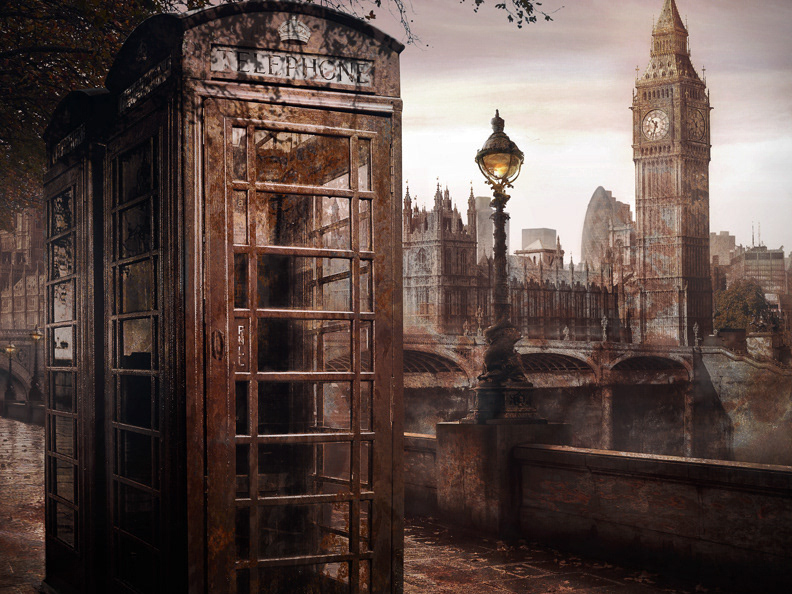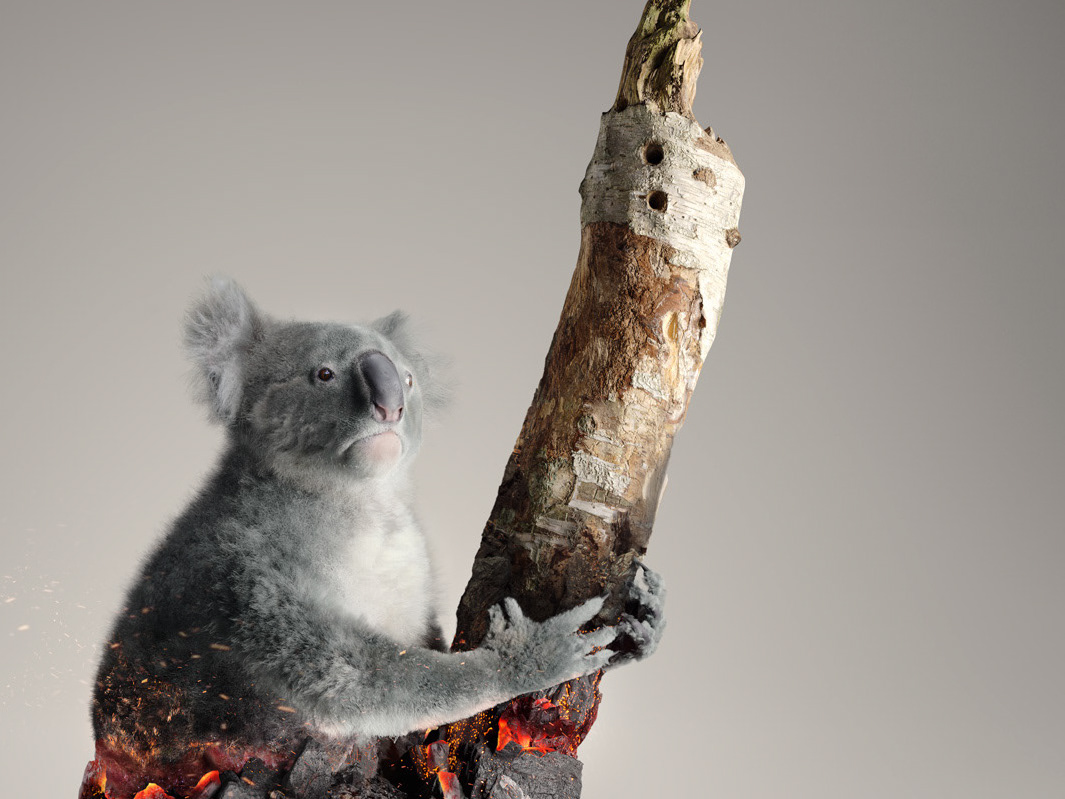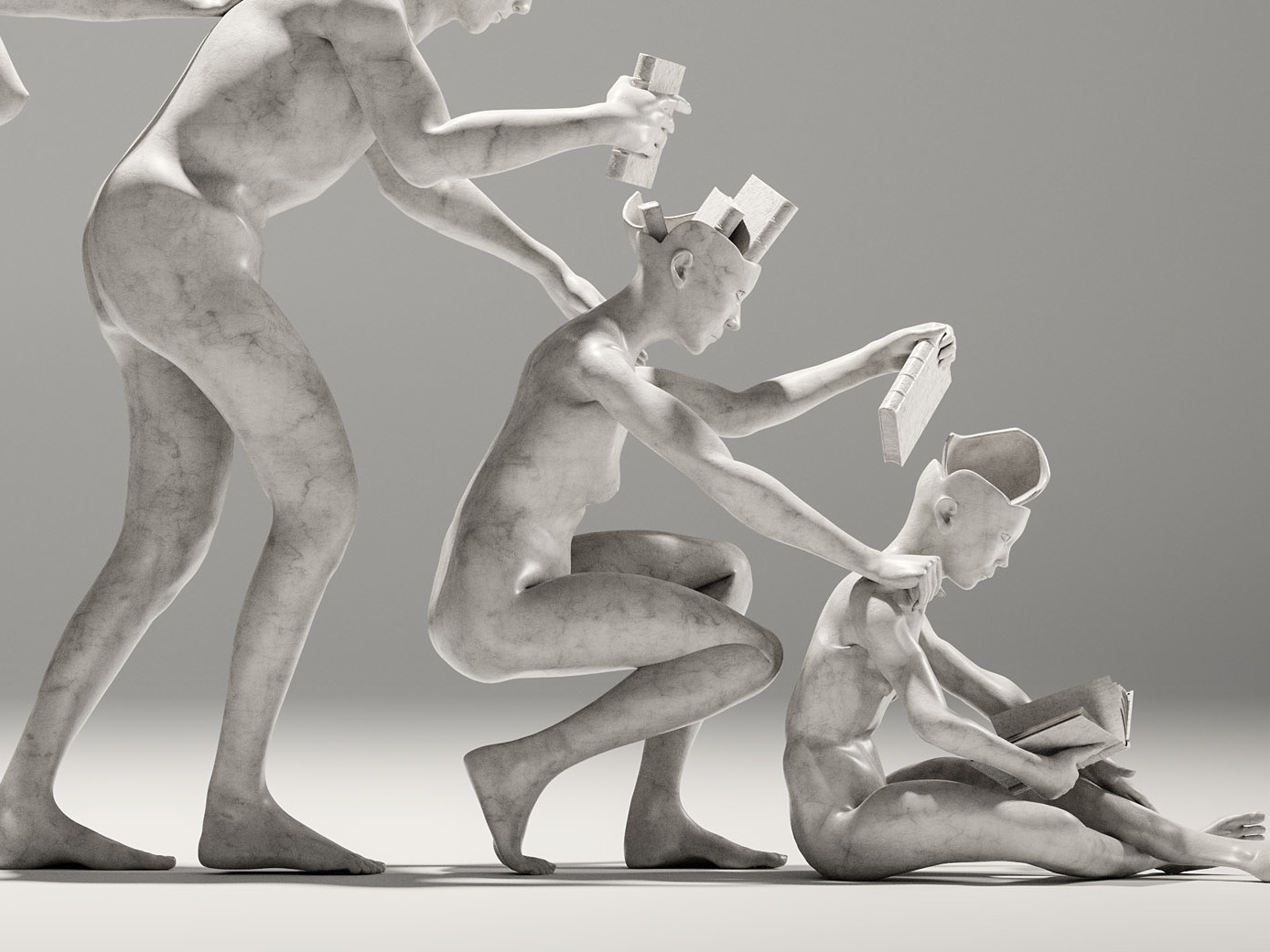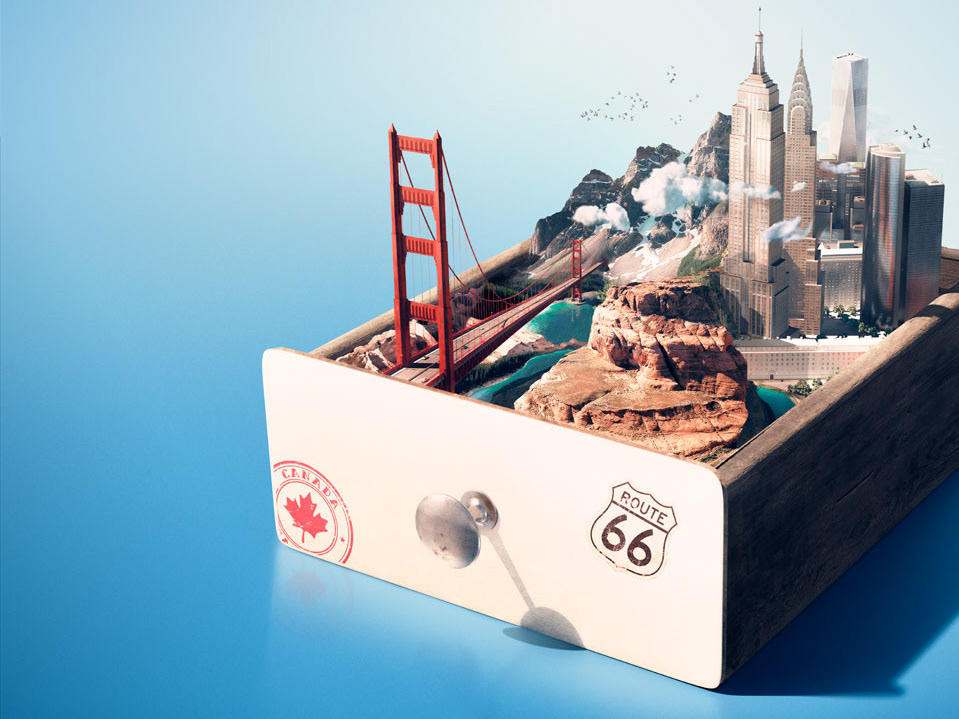WhistlePig
Before the American Revolution, most Americans ate rye bread and drank Caribbean rum. Dutch settlers pushing up the Hudson brought the rye grain with them from the Low Countries, and introduced it to their Yankee neighbors, who needed a crop that could survive a winter far harsher than what they had left behind in England. Meanwhile, British ships regularly offloaded large volumes of rum shuttled from their West Indian colonies to their great colonial ports of Boston and New York. If Americans drank whiskey at all, it was because they were backwoodsmen too far from these ports to access this rum. These pioneer farmers turned to building their own stills, and distilling whatever might be left over from their harvests, as a way to keep the chill off in the cold northern winter. Things changed in the cities, though, after the colonists entered open rebellion. The Crown responded by hitting Americans where it really hurt: by placing an embargo on rum imports. Thirsty and resourceful, the young republic turned to something it could produce independently: rye whiskey. If the American Revolution had an “Official Beverage”, it would’ve been rye. All the classic American whiskey drinks, like the Old Fashioned and the Manhattan, called for rye. The hearty grain was right at home in northeast American soil, toughing out the long winters and persevering throughout the seasons. George Washington himself became the largest producer and distributor of rye in the United States.








